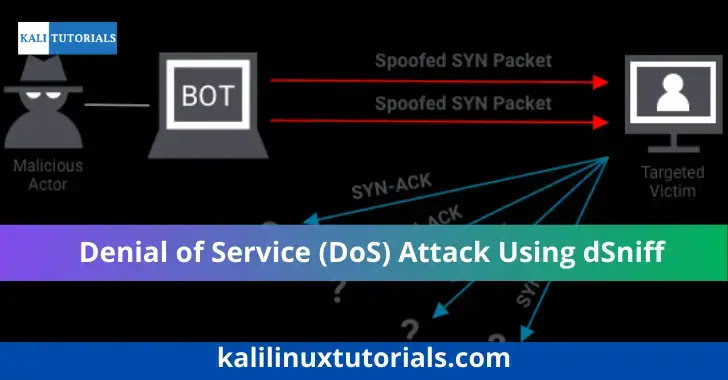Puwr will Easily expand your attack surface on a local network by discovering more hosts, via SSH. Using a machine running a SSH service, Puwr uses a given subnet range to scope out IP’s, sending back any successful ping requests it has. This can be used to create a pivoting attack from a compromised machine, by returning you hosts you couldn’t normally discover from your own device. Open ports can then be probed on these discovered devices, to find a gateway into attacking more devices.
Upcoming
Here are some new features I plan to add in along with the upcoming update.
- Scan for open ports of discovered hosts (DONE)
- Change CLI output to look more neat and organized (DONE)
- Enumerate information on “victim” host for privilege escalation
- Optional colored output
Usage
Puwr is simple to run, only requiring 4 flags:python3 puwr.py (MACHINE IP) (USER) (PASSWORD) (SUBNET VALUE)
example:python3 puwr.py 10.0.0.53 xeonrx password123 10.0.0.1/24
If you need to connect through a port other than 22, use the -p flag. (example: -p 2222)
If you want to keep quiet, use the -s flag to wait specified seconds between request. (example: -s 5)
You can now use --scan to discover open ports on discovered devices. (example: –scan 80 443)
Use the -h flag for usage reference in the script.
The paramiko and netaddr modules are required for this script to work!
You can install them with the pip tool: pip install netaddr paramiko
Here I scanned devices and checked which ones has port 80 and 443 open to target web applications.
Notice how the TTL number also displays, giving you a hint at what the device may be running on.
Tested Operating Systems
So far, I have only confirmed Puwr to work on a few operating systems:
- Kali Linux
- Parrot OS
- Windows 10
However, it should work on almost any OS with Python, and the needed modules installed.
Port Scanning
As mentioned earlier a few times, you can now not only discover hosts, but also scan them for open ports.
This can be used to find an attack vector on devices running an accessable service. By default, ports will not be scanned, but you can use the --scan flag, and add the port numbers you’d like to scan.
Keep in mind however, that port scanning does take a good bit of additional time to complete. PORT SCANNING ONLY WORKS ON MACHINES WITH PYTHON 3 INSTALLED FOR NOW



























